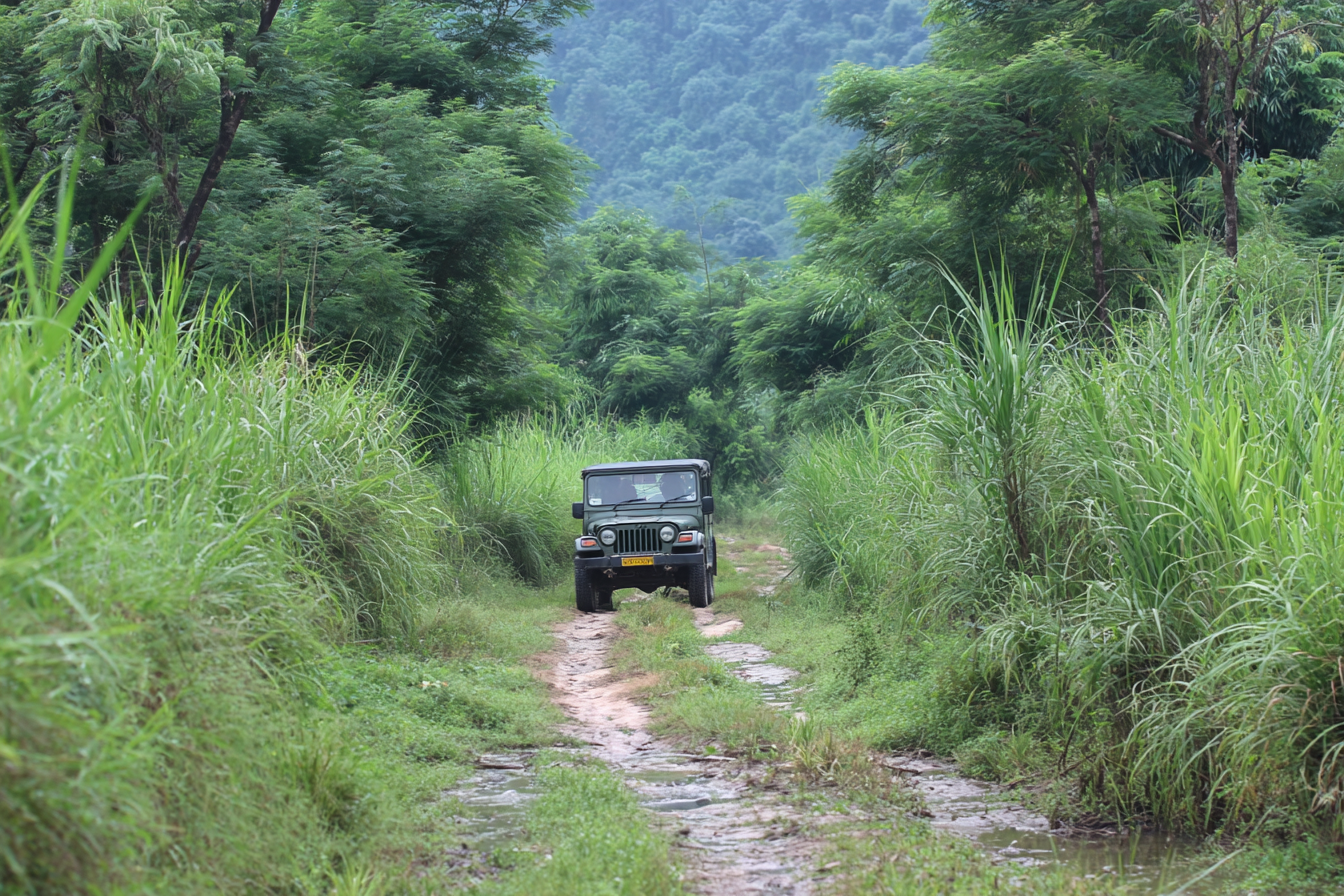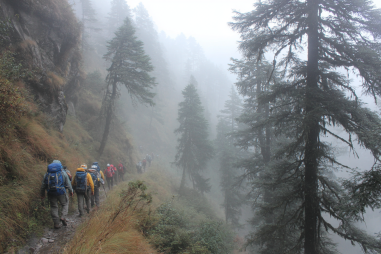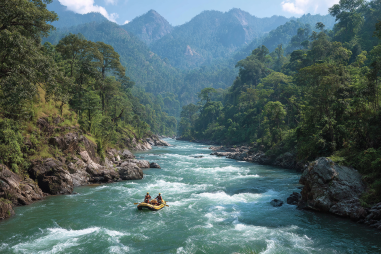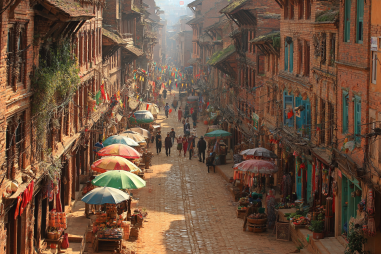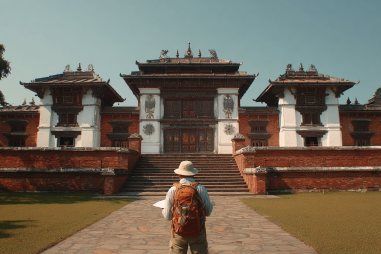Nestled in the heart of Nepal’s Terai lowlands, Chitwan National Park is a vibrant sanctuary bursting with wildlife and natural beauty. As Nepal’s first national park and a UNESCO World Heritage Site, Chitwan offers an unforgettable safari experience that brings you up close to some of the most iconic species and breathtaking landscapes in South Asia. Whether you are a nature lover, an avid photographer, or simply an adventurous traveler, a Chitwan National Park safari promises a thrilling journey into the wilderness, filled with amazing wildlife sightings and serene natural encounters.
Introduction to Chitwan National Park
Chitwan National Park, established in 1973, covers an area of approximately 932 square kilometers. It is located in the subtropical inner Terai lowlands of south-central Nepal and is renowned for its diverse ecosystem that includes dense forests, grasslands, and riverine stretches. The park was created to protect endangered species such as the one-horned Indian rhinoceros and Royal Bengal tiger, along with a wide array of other wildlife and bird species.
The park’s mix of broad-leaf forests and wetlands provides a perfect habitat for hundreds of species, making it one of the richest wildlife preserves in Asia. Beyond the wildlife, Chitwan is culturally significant, inhabited by indigenous Tharu people, whose traditional lifestyle and close connection to the forests add an enriching cultural dimension to your visit.
Types of Safaris Available: Jeep, Canoe, and Walking
One of the best ways to explore Chitwan National Park is through its different safari options, each offering a unique perspective of the park’s diverse flora and fauna. Depending on your interests, physical ability, and how close you want to get to the wildlife, you can choose from jeep safaris, canoe rides, or walking safaris.
Jeep Safari
Jeep safaris are a popular choice for visitors who want to cover more ground in a relatively short amount of time. These safaris take you through the park’s core areas and dirt roads where sightings of rhinos, deer, and even tigers are possible. A jeep safari offers a safe and comfortable way to explore deeper parts of the park, especially during the hotter parts of the day.
Canoe Safari
For those looking to enjoy the park’s waterborne wildlife and scenery, canoe safaris along the Rapti River provide a quieter, more serene experience. This safari lets you see animals such as gharials (a type of crocodile), otters, and many different bird species up close. Canoes toss gently on the river’s surface as you glide past riverbanks that are often populated by wild animals drinking or bathing. It’s a magical way to experience the park’s aquatic ecosystem.
Walking Safari
Walking safaris offer an intimate encounter with nature, led by highly trained guides who ensure safety and help spot wildlife and tracks. This option allows you to immerse yourself fully — listening to the sounds of the forest, feeling the textures of the terrain, and watching smaller creatures in their natural habitats. Walking safaris are perfect for travelers eager to learn more about the ecosystem and spot birds, insects, and plants that might go unnoticed from a vehicle.
Wildlife You Can Spot: Rhinos, Tigers, Elephants, and Birds
Chitwan National Park is famous for its remarkable wildlife, making a safari here a dream come true for animal enthusiasts. Here are some of the key species you are likely to see:
- One-Horned Indian Rhinoceros: Chitwan is home to one of the largest populations of this endangered species. Spotting these massive creatures grazing near the riverbanks is a quintessential highlight of the safari.
- Royal Bengal Tiger: Although elusive and shy, the legendary Bengal tiger roams the park’s dense thickets. With some luck and a patient guide, you might catch a glimpse of these majestic predators.
- Elephants: While often used for safaris in the past, elephants in Chitwan now roam freely in the wild, adding to the natural aura of the park. Don’t be surprised if you come across them during your exploration.
- Gharial: The endangered freshwater crocodile can be seen basking on riverbanks during canoe safaris.
- Birds: Chitwan is a birdwatcher’s paradise with over 500 species recorded, including the critically endangered Bengal florican, kingfishers, hornbills, and the green peafowl. A good pair of binoculars and your camera will come in handy here.
- Other mammals: Spotted deer, sambar deer, wild boar, sloth bears, and various monkeys are commonly sighted, as well as elusive creatures like fishing cats and pangolins.
Best Seasons for Safari and Tips for Visitors
The timing of your visit can greatly enhance your safari experience in Chitwan. Generally, the best seasons to explore the park are during the dry months from October to March. During this period, the wildlife tends to gather around water sources, making sightings easier. The weather is also cooler and more comfortable for outdoor activities.
The peak tourist season falls between November and February, when the temperatures range from mild to chilly, particularly in the mornings and evenings. Visiting during early mornings or late afternoons on safari runs is recommended as animals are more active during these cooler times.
From June to September, the monsoon season brings heavy rains, making trails muddy and potentially unsafe for walking safaris. However, the park takes on a lush green appearance and birdwatching can still be rewarding during this period.
Visitor Tips
- Wear neutral-colored clothing to blend into the environment and avoid startling animals.
- Bring sun protection, such as a hat and sunscreen, and plenty of water to stay hydrated.
- Carry insect repellent, as mosquitoes and other insects are common, especially in the evening.
- Binoculars and cameras with zoom lenses are great tools for wildlife spotting and photography.
- Listen carefully to your guide’s instructions for safety, especially when on walking safaris.
- Respect the wildlife and maintain a safe distance at all times — avoid loud noises or sudden movements.
Booking and Safety Advice
Booking your Chitwan National Park safari can be done through a variety of channels including local tour operators, hotels, or online platforms. It’s advisable to book safaris through reputable and licensed guides who are trained in wildlife tracking and visitor safety. Many lodges around Chitwan also offer packaged deals that include multiple safari options combined with comfortable accommodation and meals.
In terms of safety, while Chitwan is a safe destination overall, it’s important to always follow your guide’s instructions during safari tours. Avoid venturing off designated routes and refrain from feeding or approaching wild animals. Most parks maintain strict rules for visitor behavior to protect both guests and wildlife.
Health-wise, consider visiting a travel health clinic before your trip to confirm if you need vaccinations or malaria prophylaxis. Carrying a basic first aid kit and any personal medications is also recommended.
Why a Safari in Chitwan is a Must-Do
Embarking on a safari in Chitwan National Park is more than just a visit — it’s an immersive wildlife adventure that connects you deeply with Nepal’s rich natural heritage. The diversity of safari options caters to all kinds of travelers, from casual visitors seeking scenic jeep rides to dedicated nature enthusiasts opting for on-foot exploration. The chance to witness magnificent creatures like the one-horned rhinoceros and Bengal tiger in their natural habitat, coupled with the lush, biodiverse landscapes of the park, creates memories that last a lifetime.
Moreover, Chitwan’s blend of wildlife, culture, and hospitality offers a complete experience. Whether you’re marveling at the intricate crafts of the Tharu community or absorbing the tranquil beauty of the Rapti River at sunset, the park provides moments of awe and inspiration at every turn.
For anyone traveling to Nepal, a Chitwan National Park safari is simply a must-do — a rare opportunity to step into a wild world filled with mystery, excitement, and natural splendor.

